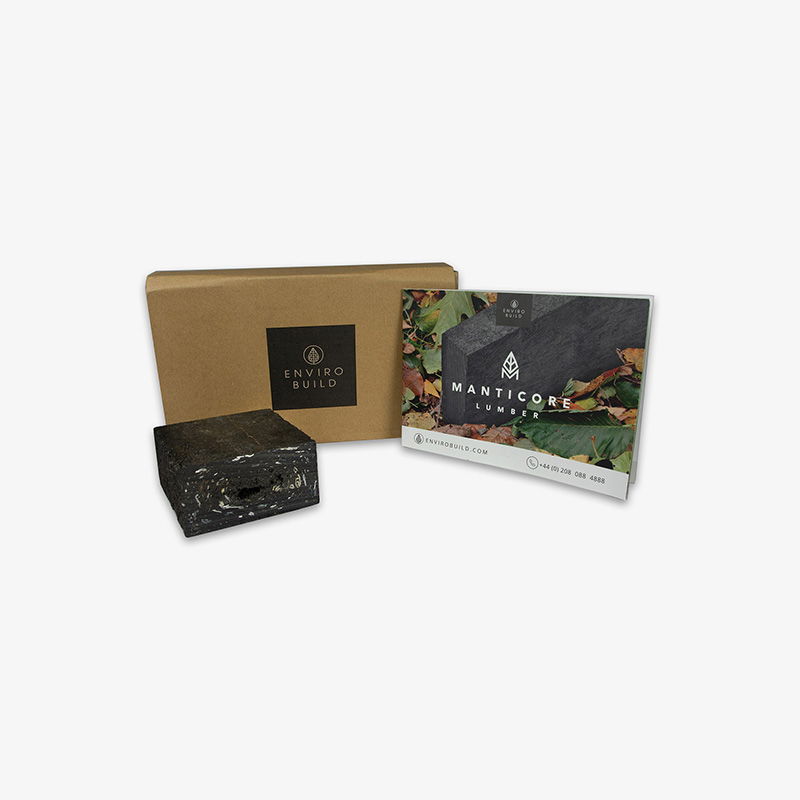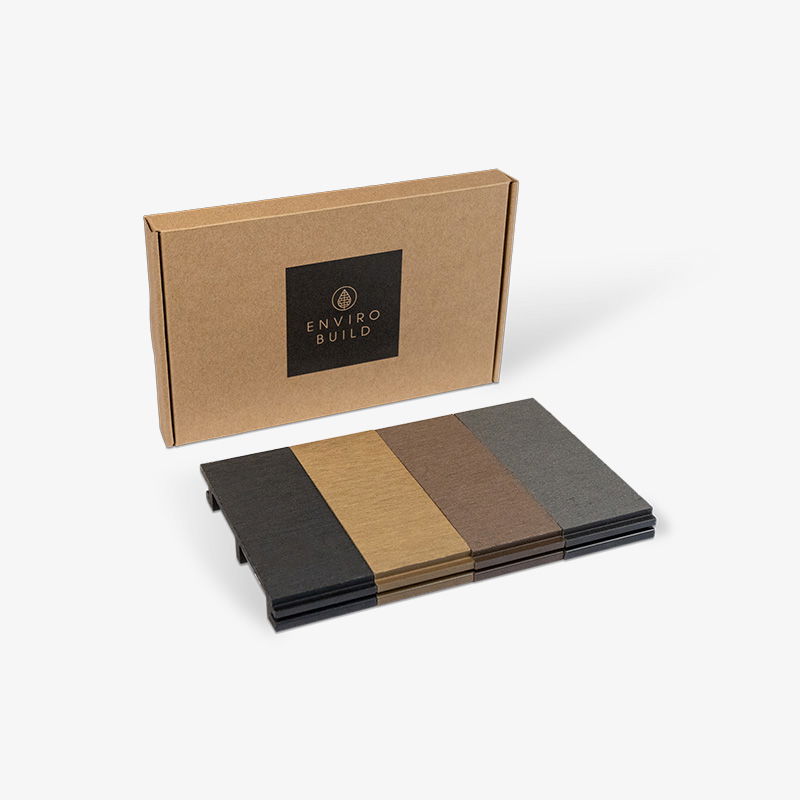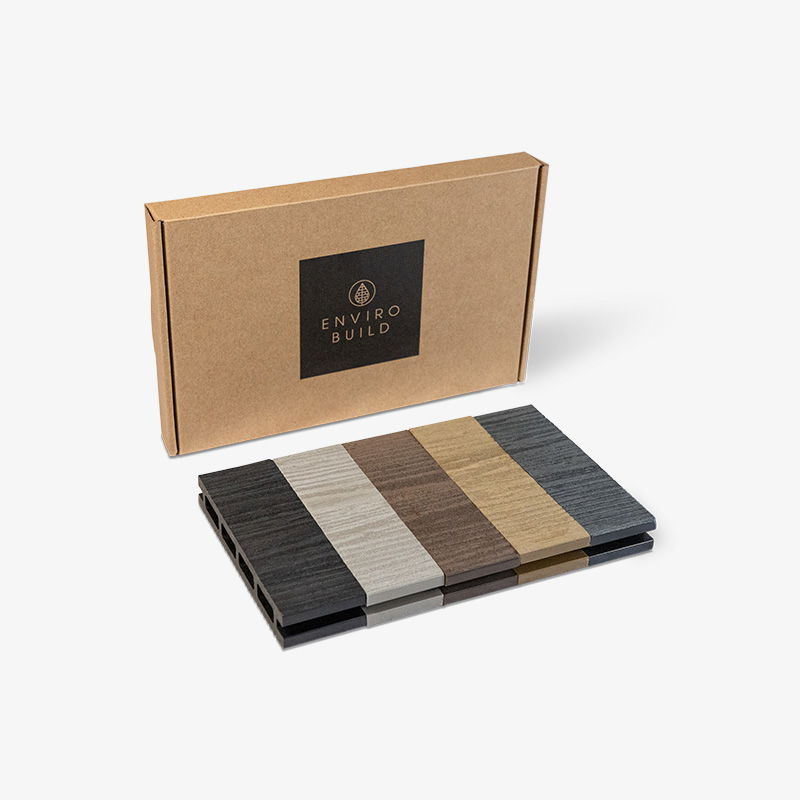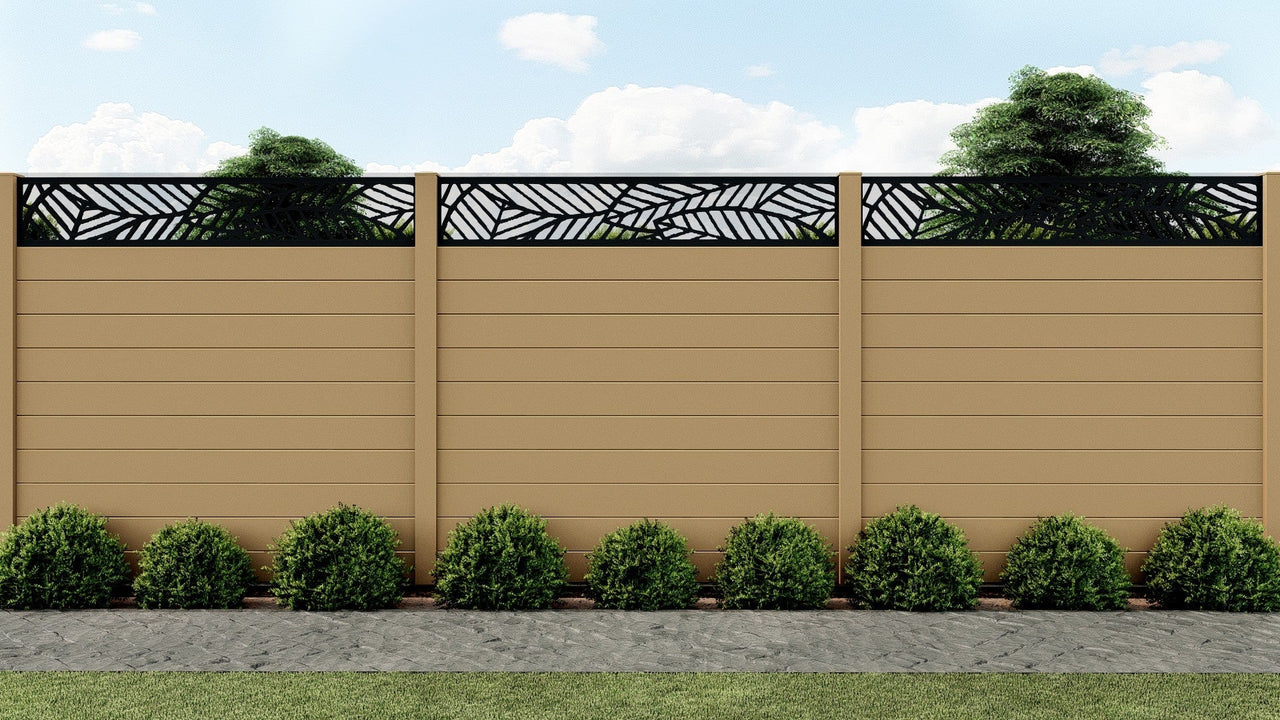Cladding Fire Regulations
In the UK and also throughout the EU, the fire safety rating of construction materials is determined by the European Reaction to Fire classification system (Euroclass system) which was introduced in England in the early 2000s.

Author Name
Chief Writer
Thu, 28 Jul 2026
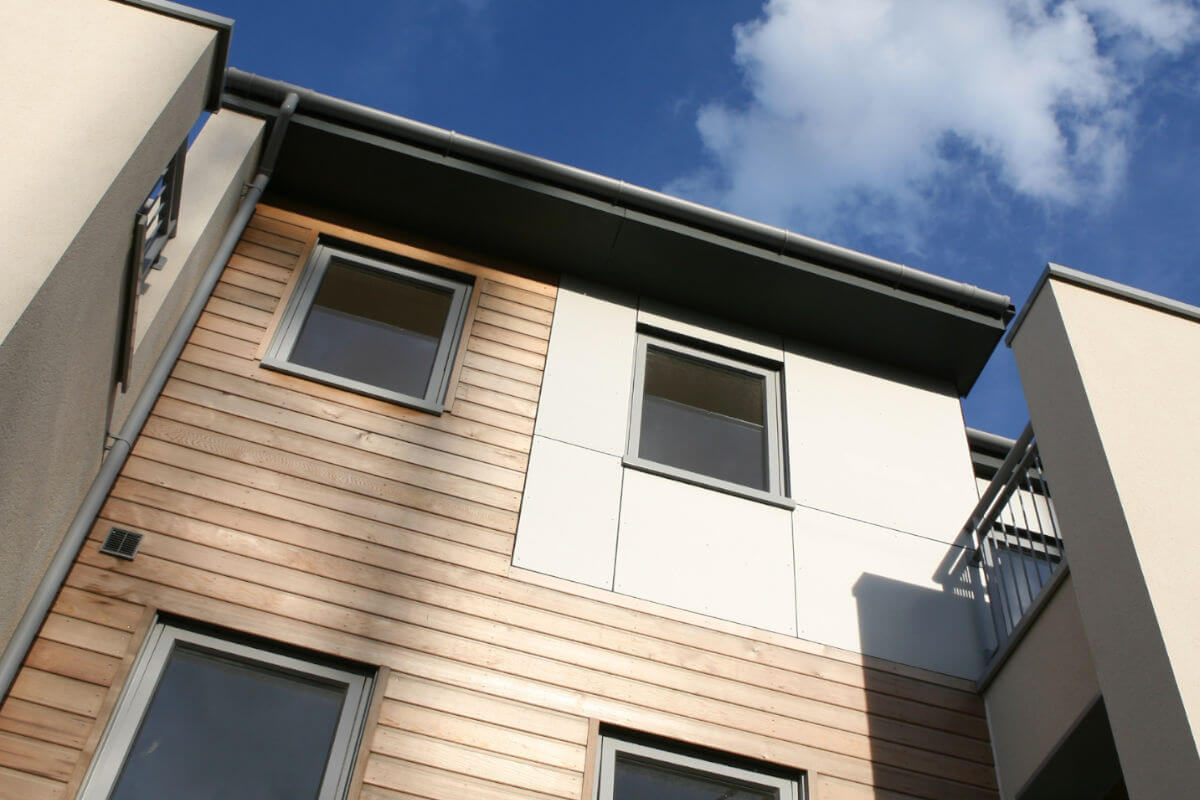
Please note that there is different legislation for buildings of different sizes:
Buildings below 11m height
Buildings above 11m height
The fire safety classification is, however, the same. The Euroclass system classifies materials depending on how they react to fire:
Euroclass Rating
Contribution to Fire
Example
A1
Non-combustible
Stone Wool
A2
Limited combustibility
Stone Wool
B
No flashover*
Painted gypsum board
C
Flashover after 10 minutes
Gypsum board with paper-based wallpaper
D
Flashover before 10 minutes
Wood
E
Flashover before 2 minutes
Fire retardant EPS
F
Performance undertermined
-
*Flashover = Near-simultaneous ignition of most of the directly exposed combustible material in an enclosed area.
The Commission Delegated Regulation on the classification of the reaction to fire performance of construction products goes into further detail surrounding the classification criteria of each grade.
Fire Resistance of EnviroBuild Composite Cladding
EnviroBuild offers Hyperion Composite cladding made from recycled wood and High Density Polyethylene. All cladding has been tested and rated according to stringent Euroclass standards (using the EN 13823 and EN ISO 11925-2 fire resistance tests).
Our Pioneer line has a Euroclass rating of D s1-d0.
Our Sentinel line has been specially treated with flame retardant additives and is Euroclass B s2-d0.
The previous system used in England before the introduction of Euroclass is no longer valid but many are still familiar with it. If needed, please consult the approximate conversion table below.
Euroclass Rating
Previous English System
A1
Non-combustible
A2
Limited combustibility
B
0
C
1
D
3
E
4
F
Not classified
For buildings below 11m height
Compliance with Building Regulations for Fire Resistance in England
There are slightly different regimes in England, Scotland, Wales and Northern Ireland.
The following guide is for English Building Regulations only.
It is the requirement of the client and contractor to ensure the property is compliant with Build Regulations. For Fire Safety the relevant section is Approved Document B of the Building Regulations, the most up to date version of which should always be checked. This link was correct on 5th July 2018.
Approved Document B places restrictions on the combustibility of the cladding used on a building depending upon the building’s height and boundaries.
To aid with your project we have summarised the relevant portions of the document below.
In all instances it is the responsibility of the client and contractor to check the data contained on this page and the interpretation of regulations that EnviroBuild have made. This information is intended as a guideline only. Please contact your planning officer and/or your fire officer before proceeding with your project.
Dwelling houses
Volume 1 of Approved Document B concerns dwelling houses
If the property is within 1m the relevant boundary (detail in sections 9.4-9.6) the cladding need to be Euroclass B or better, i.e. Sentinel cladding should be used.
The relevant boundary is defined in diagram 17.
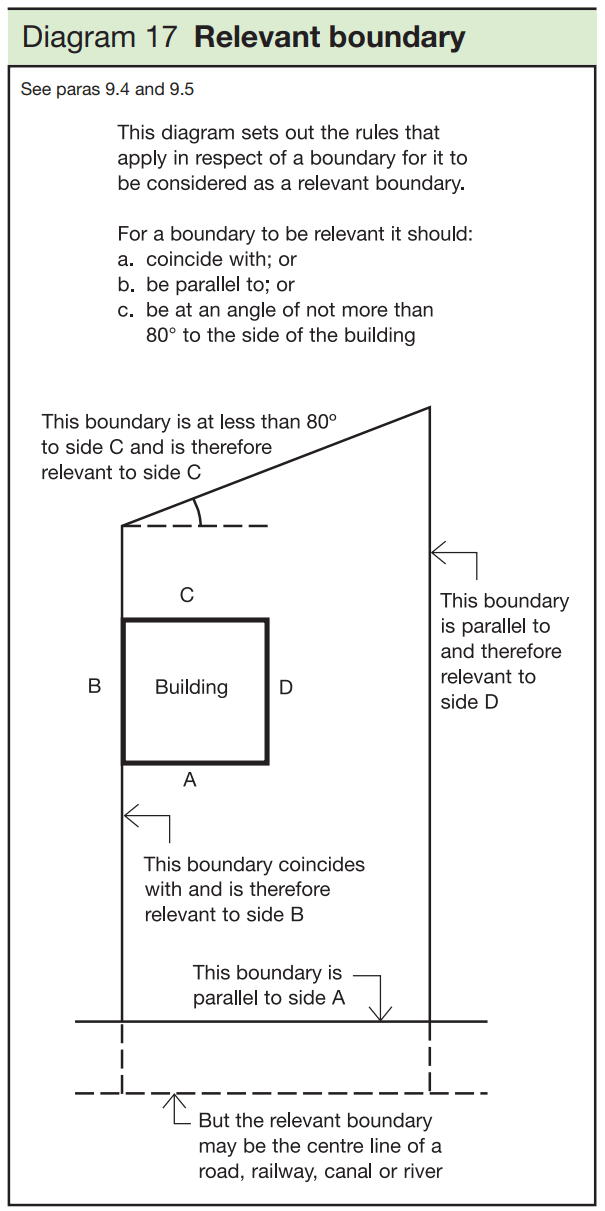
Notional boundaries exist between buildings on the same site, described in diagram 18.
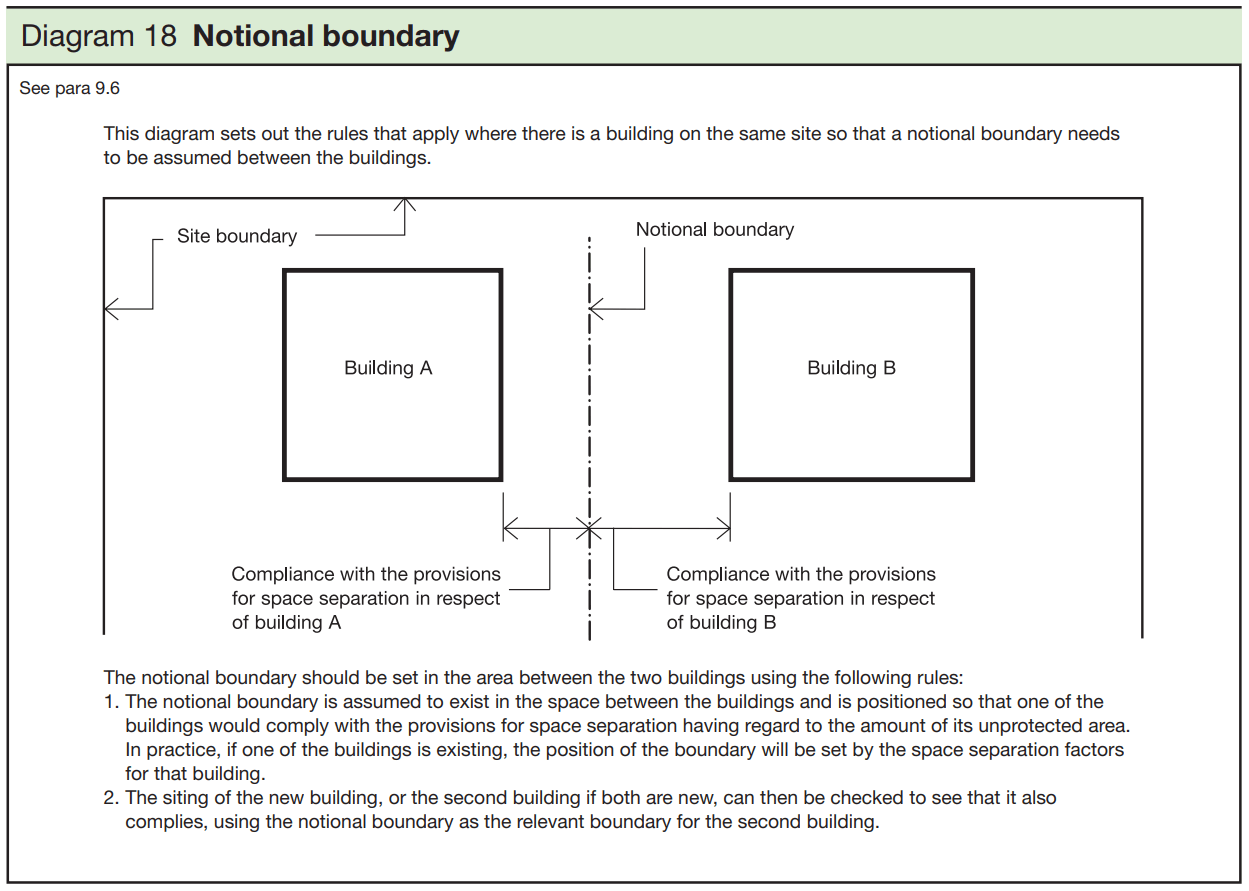
For Dwelling houses further than 1m, there are three methods to determine whether the Euroclass D Pioneer cladding can be used. Any of the three methods can be used to give compliance. In instances where this conditions are not met then the Euroclass B Sentinel must be used.
Method 1: This only applies for buildings 3 storeys or less under 24m in length.
Pioneer can be used in the amounts shown in diagram 22.
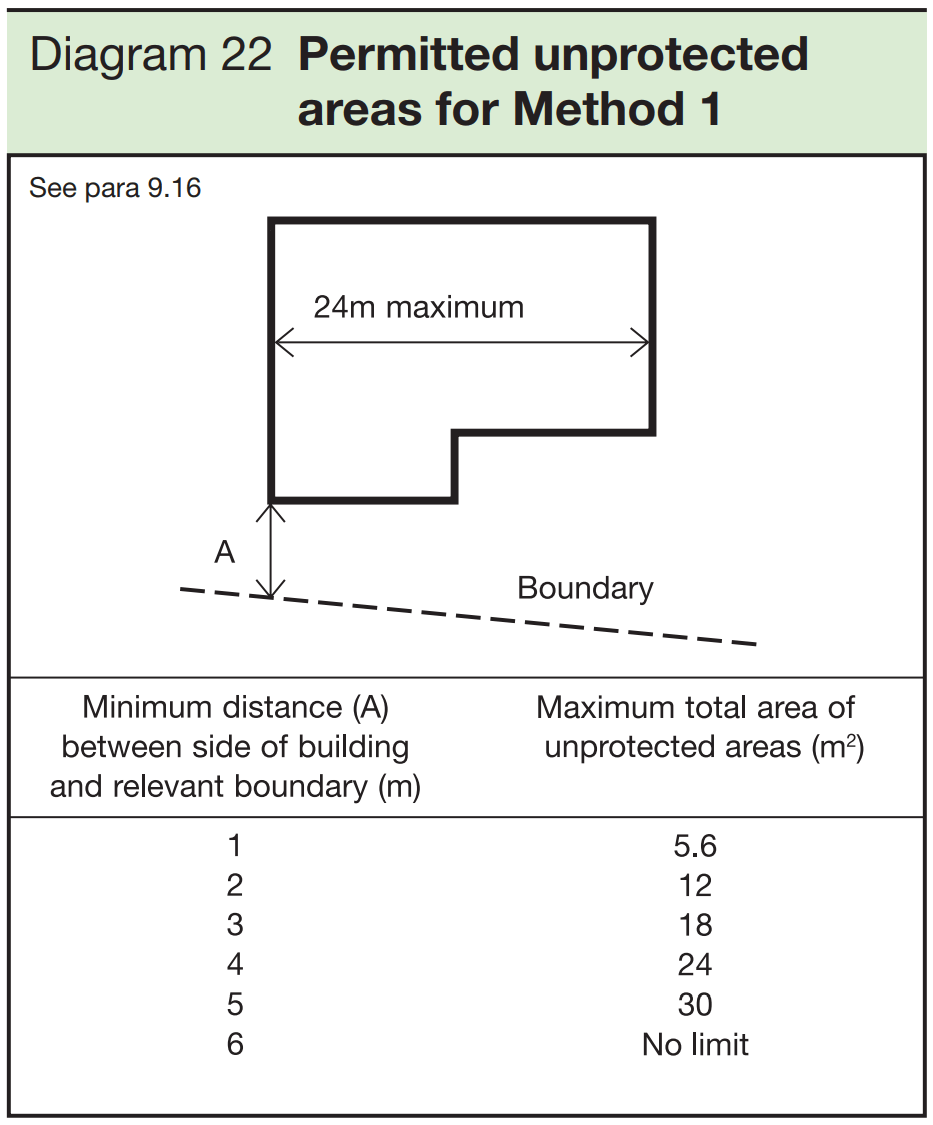
If there are sprinklers within the building in line with BS9251 the boundary distance may be halved to a minimum distance of 1 m, or the area may be doubled if the distance is maintained.
Method 2: This only applies for buildings under 10m
The percentage of the relevant wall that can be clad in Euroclass B Pioneer is shown in Table 4.
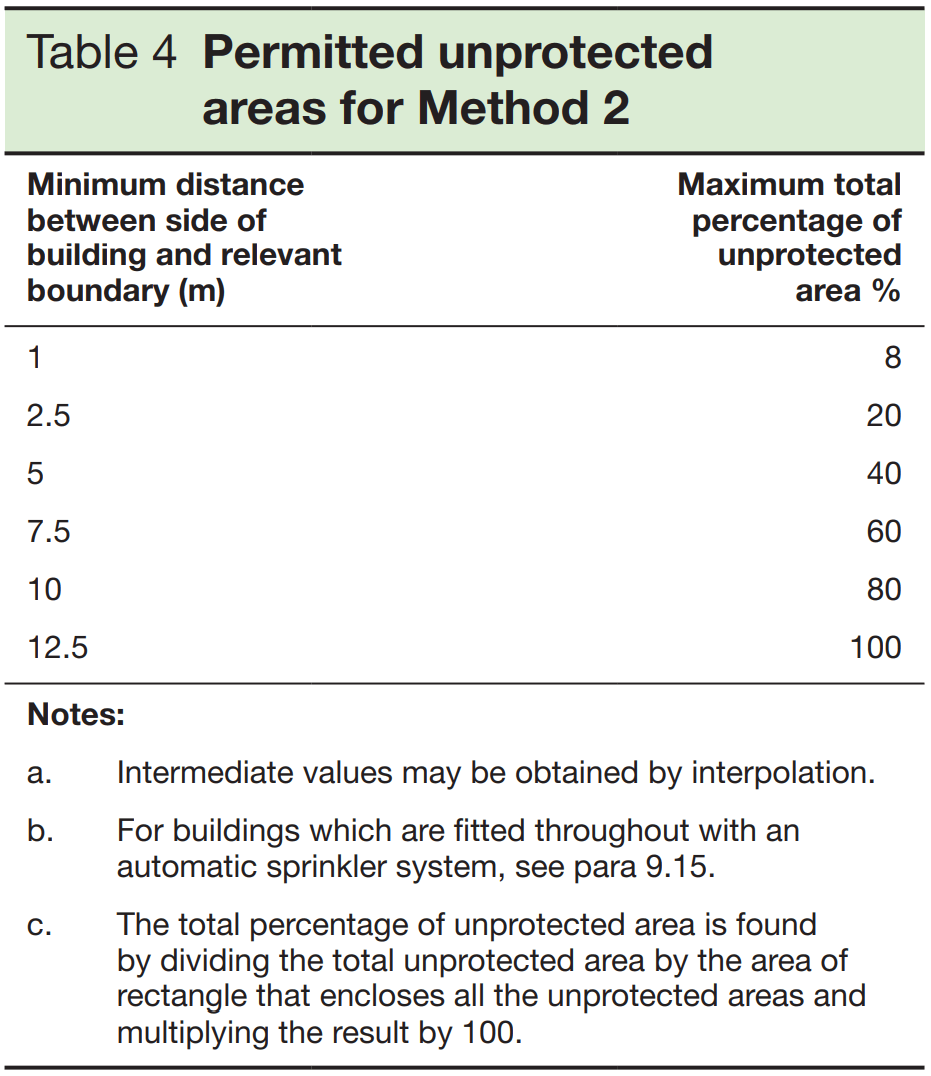
If there are sprinklers within the building in line with BS9251 the boundary distance may be halved to a minimum distance of 1m, or the area may be doubled if the distance is maintained.
Method 3
The area of Pioneer cladding are in with the areas shown in diagram 20
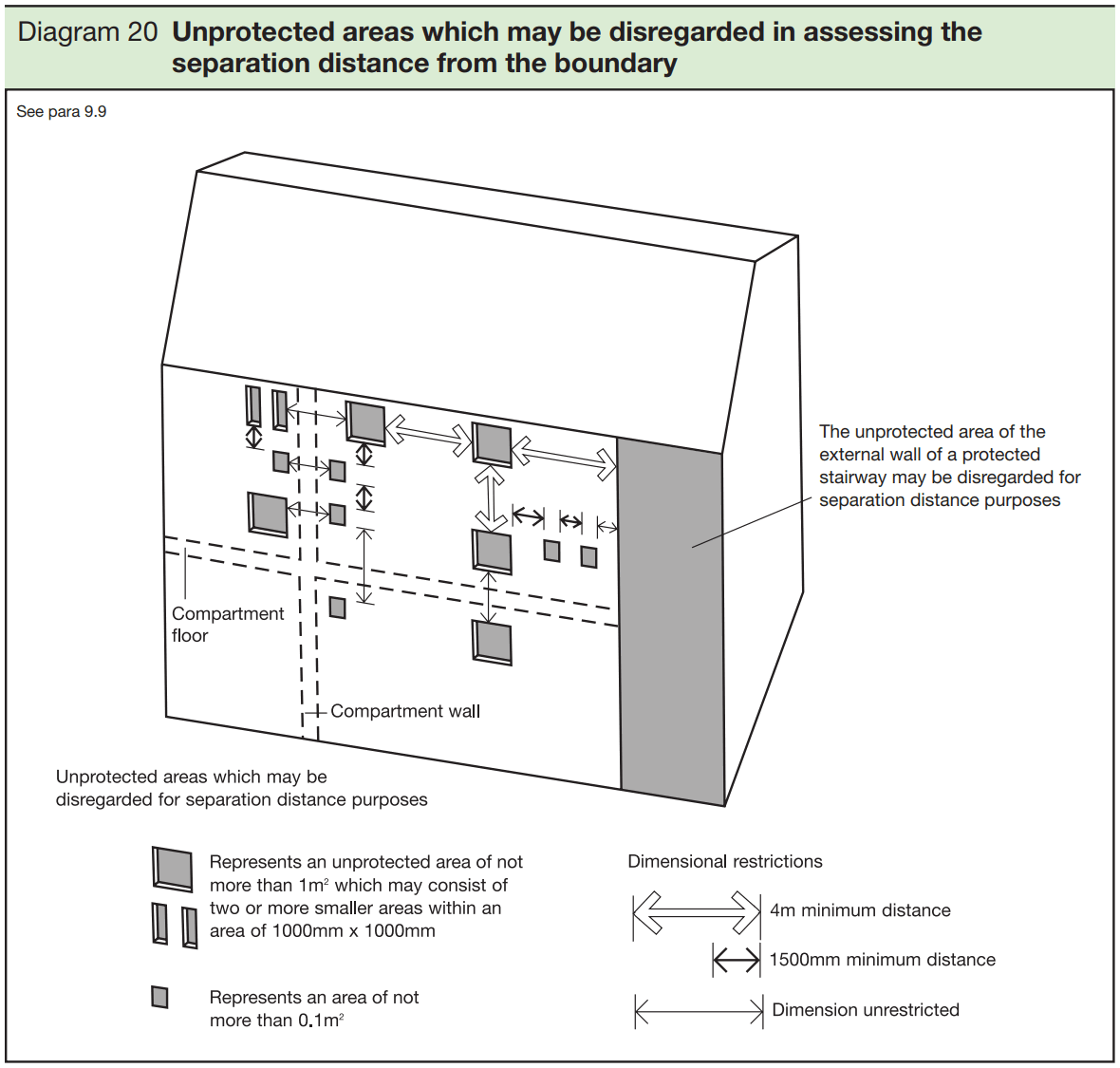
More detailed methods that are also allowed within the building regulations can be found within: External fire spread - building separation and boundary distances (BR 187 2nd edition)
Non-dwelling houses
Volume 2 of Approved Document B concerns non-dwelling houses
There primary route to compliance is to restrict the combustibility of the two most significant portion of the external wall façade, the cladding and insulation and is described in Section 12.6-12.9. The below diagram is the most relevant one.
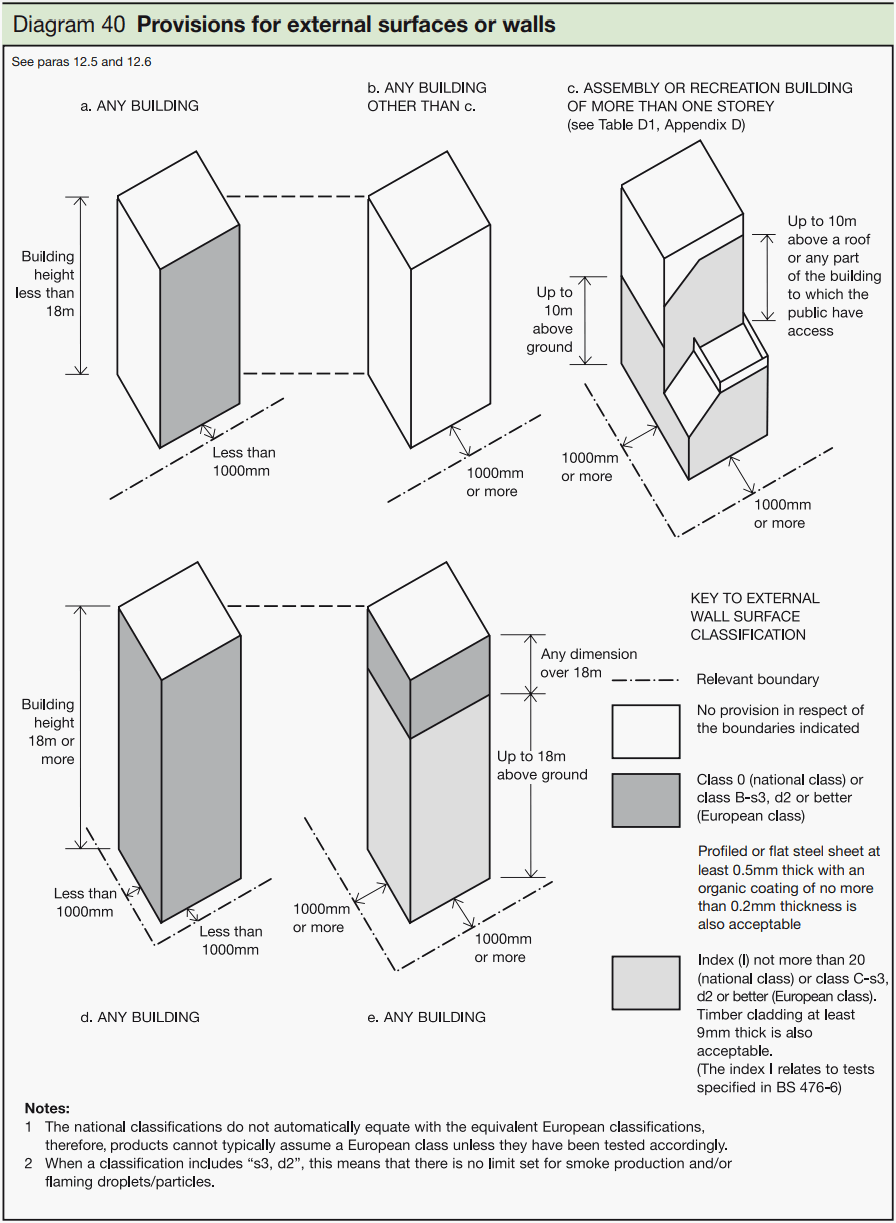
Euroclass D Pioneer Cladding can be used on non-dwelling buildings up to 11m not within 1m of another building with the exception of Assembly or Recreational Buildings (as defined within the Approved Document).
Euroclass B Sentinel Cladding is required for all other cases and can be used to an unlimited height.
Insulation must be Euroclass A2 or above for any buildings above 11 m.
Cavity Barriers should be fitted in accordance with section 9 of the Approved Document, in line with 12.6-12.9.
In all instances it is the responsibility of the client and contractor to check the data contained on this page and the interpretation of regulations that EnviroBuild have made. This information is intended as a guideline only. Please contact your planning officer and/or your fire officer before proceeding with your project.
For buildings above 11m height
After lengthy consultation the government has sensibly passed new legislation that will come into effect on 21st December 2018* that effect the use of Hyperion’s Sentinel cladding. Hyperion Sentinel cladding is B-s2,d0 meaning that it is still suitable for all other building types.
The Building (Amendment) Regulations 2018
The types of buildings suitable for Hyperion Pioneer cladding are described in this article.
The legislation requires that relevant buildings above 11m require non-combustible cladding of an A2-s1, d0 or A1 class or above (as defined by BS EN 13501-1:2007+A1:2009).
The relevant section describing the types of buildings is:
a “relevant building” means a building with a storey (not including roof-top plant areas or any storey consisting exclusively of plant rooms) at least 11 metres above ground level and which—
(i) contains one or more dwellings;
(ii) contains an institution; or
(iii) contains a room for residential purposes (excluding any room in a hostel, hotel or boarding house); and
“above ground level” in relation to a storey means above ground level when measured from the lowest ground level adjoining the outside of a building to the top of the floor surface of the storey.”
An “institution” means an institution (whether described as a hospital, home, school or other similar establishment) which is used as living accommodation for, or for the treatment, care or maintenance of persons—
Suffering from disabilities due to illness or old age or other physical or mental incapacity, or
Under the age of five years,
where such persons sleep on the premises;
What is Sentinel Cladding suitable for?
Anything which has a requirement for B class cladding.
This includes:
Office buildings of any height
Hotels of any height
Residential dwellings below 11m
Any building below 11m
Certain retrofits of existing buildings as defined below
Buildings subject to the transitional arrangement as defined below
Retrofit of cladding on existing buildings
Building regulations are not retrospective, so there is no change to existing buildings with cladding already installed.
To EnviroBuild’s knowledge Sentinel cladding has not been used on any buildings for which it would now be invalid in any case.
The new legislation applies only to new builds or those where either:
is taking place (which means it now becomes a relevant building where previously). This means for example that re-cladding an existing block of flats is not subject to the regulations, but changing an office block to flats would be subject to the tighter fire regulations; or
if adding the cladding would make the building less safe (eg replacing C class timber with Sentinel would be fine, but simply overcladding a concrete wall with B class Sentinel would count as a material alteration.
In all case however best practice would be to follow the most recent building regulations.
Timing and Transitional Arrangements
There is a transitional arrangement for buildings where any of the following information has been given to the correct local authority:
Building Notice
Initial Notice
Full Plans deposited
AND building works have commenced by 20th February 2019 then the above regulations described do not apply.
In all instances it is the responsibility of the client and contractor to check the data contained on this page and the interpretation of regulations that EnviroBuild have made. This information is intended as a guideline only. Please contact your planning officer and/or your fire officer before proceeding with your project.





